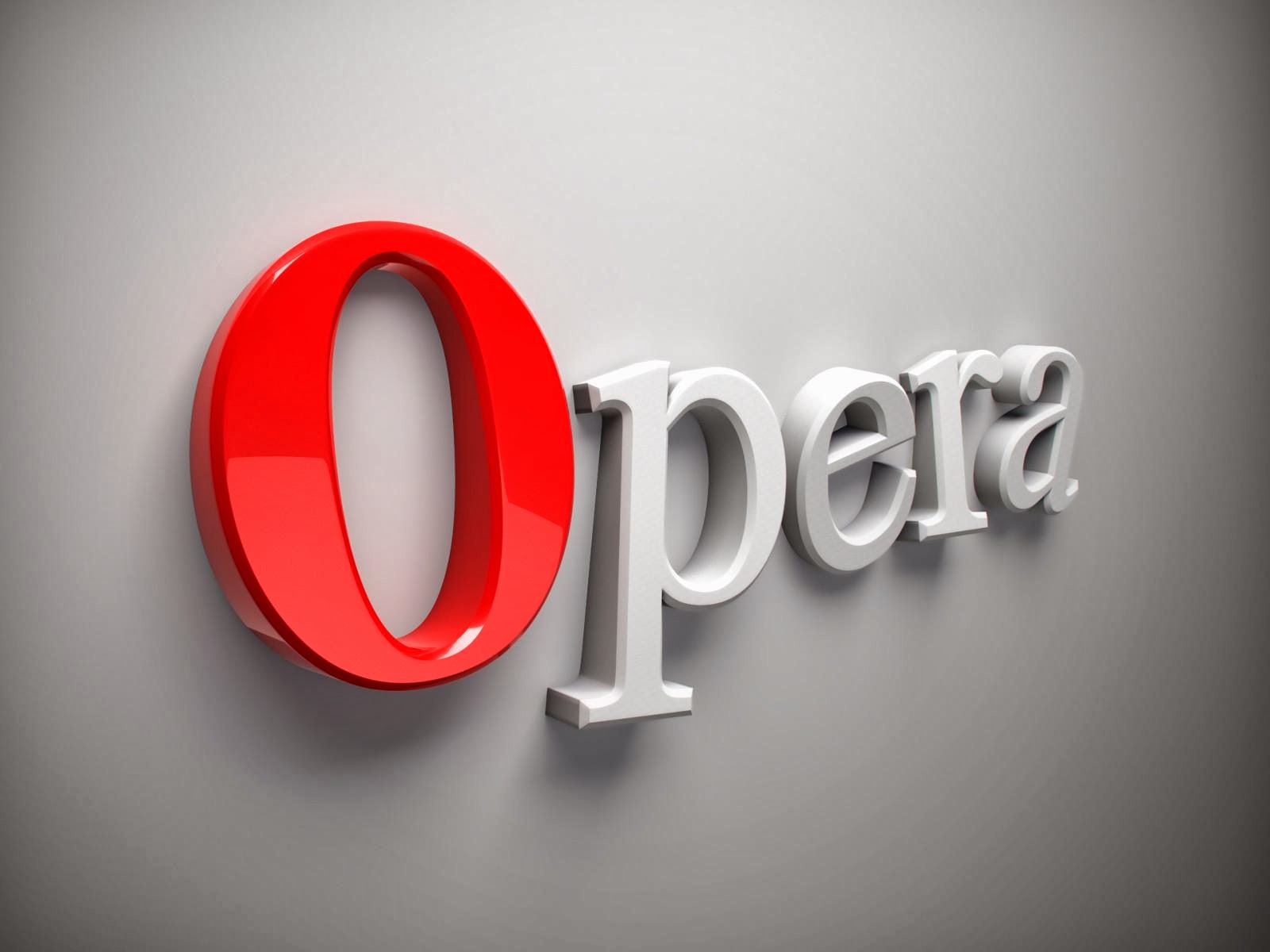
Opera is a Web browser that offers lots of features to let you take advantage of today's Web. Popular features: Opera Turbo speeds up browsing on slow connections. Opera Link can synchronize bookmarks with other computers and mobile phones.
Installation
Installing Opera is a fast and short process, taking less than 2 minutes. Many of Opera's built-in features require creating a MyOpera account, but the browser will only prompt you to do so when you use them for the first time -- it's not required to browse.
Tap the Options button on the first install screen to reveal configuration tweaks. Besides changing the browser's default language and install path, you can also install for just the currently signed-on user, or choose to install Opera directly to an external device. It's a great, simple way to create a portable version of Opera for a USB key.
Interface
Opera's interface keeps the same look that debuted in Opera 11, with a condensed menu button in the upper left corner, tabs on top, and a translucent status bar on the bottom that hosts buttons to reveal Opera's Panels, and to activate Link and Turbo. The bottom right corner of the status bar sports a dedicated zoom slider.
The navigation bar and its associated buttons and extension icons are a uniform height, keeping the browser's chrome, its interface, to a minimum. It's a polished look, and one that most browsers offer today. The search box, located in its default space to the right of the location bar, can be removed. That and further interface customizations can be made by right-clicking on the navigation bar and selecting customize.
The influence of the radical interface changes that Google Chrome introduced in 2008 can be seen here, from tabs on top to the extension icons, yet Opera's personality does still come through enough to have a different vibe and feel from Chrome. A red Opera "O" logo button in the upper left corner reveals options and menus, while a wrench icon on the New Tab page allows you to customize Opera's forward-thinking Speed Dial.
Features and support
The five major browsers have been liberally borrowing features and innovations from each other for years, yet Opera has developed a reputation for showcasing some of the more interesting browser developments first. That's fallen off a bit in version 12, which showcases more catching up than trailblazing leadership.
Quirky features such as Widgets, Unite, and Voice have been killed off, which means that there's less bloat in the browser. But no doubt that those executions were performed also because of a lack of user interest.
Opera 12's hardware acceleration, which is when the browser uses the graphics processor to render animations faster and more smoothly, is still a work in progress. It's in the browser, but you must manually activate it for now.
Many changes in Opera 12 that pull it closer to parity with the competition. These include separate processes for plug-ins like Flash and QuickTime, so that when the plug-in crashes, the browser doesn't burn up with it; a lightweight add-on structure powered by HTML5, JavaScript, and CSS emphasized for extensions and now themes; and redesigned location bar security badges that are easier to read.
This isn't to say that Opera can't compare, because it holds up well. It's just not quite as innovative in this version as in the past. You still get tab stacks, a way to group tabs and cut down on tab clutter; tab pinning; and Opera Link for syncing Bookmarks, Speed Dial, Notes, and passwords to other instances of Opera, including Opera Mobile and Opera Mini. Sadly, there's still no tab sync in Opera.
There's Growl and multitouch trackpad support on Macs, support for some HTML5 including next-generation video and audio codec WebM, geolocation compatibility, Web Workers, App Cache, and Web fonts. The Web Open Font Format (WOFF), which Opera co-sponsored, hasn't yet been added, although Opera expects it will be soon. And Opera 12 has added HTML5 support for controlling local media hardware, such as Webcams, from Web sites.
One of Opera's lesser-known features is its integrated mail client. It's a reasonable alternative to Outlook, offering many similar features. It can handle importing mailbox files from Outlook Express, Thunderbird, Netscape, and Eudora, supports POP3 and IMAP, and quickly synced with Gmail when we added our account.
There are other features in Opera, including tab previews, newsgroups support, a built-in session manager, and a fantastic array of customizations that rival Firefox. Of all the browsers out there, Opera ships with a massive feature set and is an excellent choice for users who want something fast and robust but just a bit old-school right out of the box. However, aside from the integrated mail support, much of what Opera offers can now be found elsewhere.


0 comments:
Post a Comment